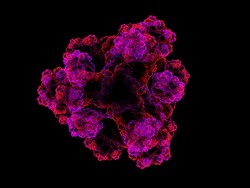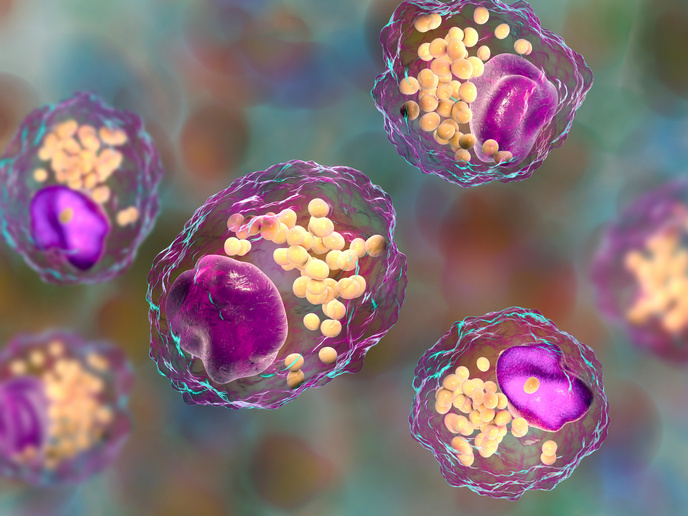Novel methodology unveils membrane protein structure
Proteins constitute the major constituent of all living cells and play a central role in many important biological processes. Proteins located in the cell membrane are vital for mediating entry and exit of molecules across membranes, for signalling, and cell adhesion. Despite their importance, there is no 3D structure information on all membrane proteins because of the difficulty in obtaining crystal structures. The EU-funded MEM-MAS (Structure and dynamics of metal ion transporters using solid-state nuclear magnetic resonance at high field and fast magic angle spinning) project set out to develop nuclear magnetic resonance (NMR) spectroscopy methodology to determine the structure of membrane proteins. The consortium managed to overcome existing bottlenecks in NMR-based structure determination and improve sensitivity and reliability while maintaining spectral resolution. The advanced method was applied on two membrane proteins, one of which yielded well-resolved spectra. The development of new pulse sequences accelerated the time-consuming step of resonance assignment, and alongside the application of new instrumentation, it allowed magic angle sample spinning. This proved particularly suitable for larger proteins with less structural homogeneity such as the viral nucleocapsid protein. Overall, the MEM-MAS project results are expected to revolutionise the field of structure determination by solid state NMR. A higher throughput elucidation of membrane protein structure will improve our knowledge on their function and aid in the development of new treatments for human diseases.
Keywords
Membrane protein, structure, NMR spectroscopy, pulse sequence, magic angle sample spinning







